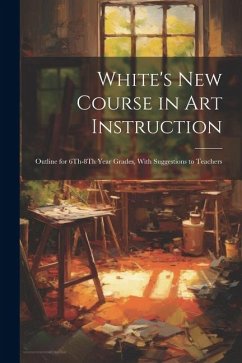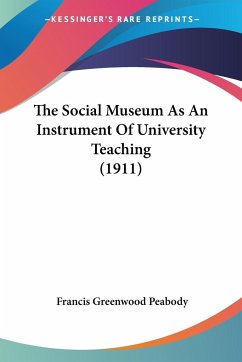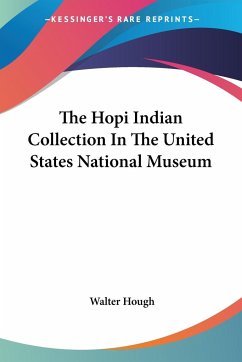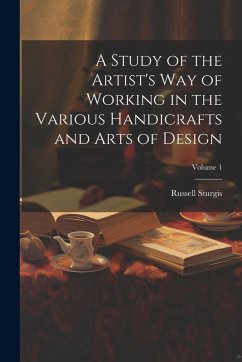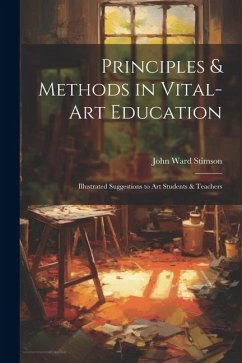
On the Measures Required for the Efficient Working of the India Museum and Library With Suggestions for the Foundation, in Connection With Them, of an Indian Institute for Enquiry, Lecture, and Teaching

PAYBACK Punkte
8 °P sammeln!
In "On the Measures Required for the Efficient Working of the India Museum and Library," John Forbes Watson proposes enhancements to the India Museum and Library in London. Published in 1874, this work suggests establishing an Indian Institute alongside the museum and library to foster inquiry, lectures, and teaching related to India. Watson's recommendations aim to improve the museum's functionality and broaden its educational impact, emphasizing the importance of preserving and promoting Indian culture and knowledge within the British Empire. This document offers insights into the administra...
In "On the Measures Required for the Efficient Working of the India Museum and Library," John Forbes Watson proposes enhancements to the India Museum and Library in London. Published in 1874, this work suggests establishing an Indian Institute alongside the museum and library to foster inquiry, lectures, and teaching related to India. Watson's recommendations aim to improve the museum's functionality and broaden its educational impact, emphasizing the importance of preserving and promoting Indian culture and knowledge within the British Empire. This document offers insights into the administration and cultural representation of India during the late 19th century and provides a valuable resource for understanding the historical relationship between Britain and India. This work has been selected by scholars as being culturally important, and is part of the knowledge base of civilization as we know it. This work was reproduced from the original artifact, and remains as true to the original work as possible. Therefore, you will see the original copyright references, library stamps (as most of these works have been housed in our most important libraries around the world), and other notations in the work. This work is in the public domain in the United States of America, and possibly other nations. Within the United States, you may freely copy and distribute this work, as no entity (individual or corporate) has a copyright on the body of the work. As a reproduction of a historical artifact, this work may contain missing or blurred pages, poor pictures, errant marks, etc. Scholars believe, and we concur, that this work is important enough to be preserved, reproduced, and made generally available to the public. We appreciate your support of the preservation process, and thank you for being an important part of keeping this knowledge alive and relevant.




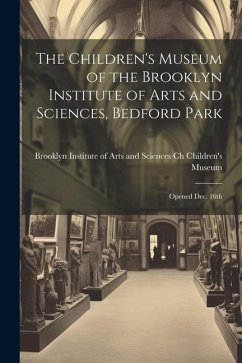
![An Account of the Library of the Division of Art at Marlborough House: With a Catalogue of the Principal Works [Etc.] Cover An Account of the Library of the Division of Art at Marlborough House: With a Catalogue of the Principal Works [Etc.]](https://bilder.buecher.de/produkte/68/68841/68841559n.jpg)
